RDS PostgreSQL and DynamoDB CRUD: AWS with Python and Boto3
About This Course
Implement RDS PostgreSQL CRUD and DynamoDB on AWS using Python API - Boto3 and psycopg2! Build infrastructure with code!
Do you want to learn how to launch managed Relational Databases or RDS on AWS? Do you want to learn how to connect to your RDS DB instances using Python and psycopg2 library and implement all Create, Read, Update and Delete (CRUD) operations? Or do you want to learn how to implement NoSQL DynamoDB Tables on AWS and work with data from scanning, querying to update, read and delete operations?
Then this is the course you need on RDS and DynamoDB on AWS!
In this course, we’ll start by taking a look at the tools and the environment that we need to work with AWS resources. We’ll be using Python 3 and as per the IDE I recommend you to use PyCharm from Jetbrains. It has a free community edition even!
After I teach you how you can set up your environment on both MacOS and Windows, we’ll create our credentials for AWS as being the AWS Access Key and AWS Secret Access Key for programmatic access to AWS resources. You’ll learn how you can set your AWS credentials globally on your computers using AWS CLI. Before jumping into the implementation, for one last tip, I’ll show you how you can have auto-complete capabilities on your PyCharm IDE with PyBoto3!
Once we’re ready with our environment setup, we’ll start implementing our solution on AWS! And remember we’ll do everything with Python code; not a single thing manually or by hand!
We’ll start off with RDS or Relational Database Service from AWS. I’ll teach you how to launch your own Amazon RDS Instances purely with your Python code! Then we’ll learn how to connect to our RDS database instance using Python and psycopg2 library. After that, I’ll teach you how to execute your queries against RDS PostgreSQL using psycopg2 library and we’ll implement SELECT, INSERT, DELETE, UPDATE so basically all the CRUD opreations against our own-launched RDS PostgreSQL instance on AWS!
Next up is DynamoDB! With this very-popular NoSQL service from AWS, I’ll teach you how to create your own DynamoDB Tables on AWS with Python! You’ll learn how to provide a key schema, attribute definitions and apply throughput to your tables.
And I’ll share the great news for you that there is a Local version of DynamoDB that you can simply run on your computer to play around with! I will show you how you can get and run the Local version of DynamoDB on your computer and we’ll setup our environment and boto3 client configuration accordingly.
Then we’ll start making our way to putting new items, updating, deleting and reading them. Once we learn the basic CRUD operations with DynamoDB, we’ll move on to rather advanced operations like scanning and querying.
We’ll also implement a script to insert our sample data set of “movies” into our DynamoDB Movies table! Once we insert the data, we’ll start exploring how we can search it using DynamoDB query operation and we’ll also learn how we can use conditions. And finally, we’ll take a look at the scan operation which basically scans your whole data and retriveves the results you need. So to filter out the results from scan operation, we’ll apply filter expressions to our scan operation and see how things work with DynamoDB.
Lots of information, hands-on practice and experience is waiting for you in this course on AWS. So, don't miss any more time and join me in this course to sharpen your skills on AWS using Python and Boto3!
You'll be able to implement any sort of infrastructure on AWS with Python using RDS and DynamoDB!
You'll learn how to code against AWS API using Python and Boto3!
You'll learn how to launch and configure Relational Database Instances (RDS) on AWS using Python and Boto3!
Course Curriculum
4 Lectures
5 Lectures
5 Lectures
5 Lectures
14 Lectures
15 Lectures
3 Lectures
Instructor

More Courses By
Srinivasulu Y.
Very good course. It is simple and very useful.
- Helpful
- Not helpful
Israel V. A.
All is ok so far. Thanks
- Helpful
- Not helpful
Ahmed A. H.
Not complete.
- Helpful
- Not helpful
Anish R.
The course on AWS RDS is fully jumbled. The entire launch rds instance py logic is dumped into the resources folder of video 21 without any explanation, and then showing it working in video 23. In video 22, something is being done on Auto-Complete Magic without any proper explanations and nothing worked out for me. Also in the RDS section, for videos 22, 23 and 24, the resource provided is on Dynamo_DB, which will create confusion on anyone without any prior experience on that.
I purchased the topic with great hope that it will help me on making RDS programs, but nothing much happened. Please ensure that the contents are curated and arranged in proper manner and proper explanations are being provided for all topics.
- Helpful
- Not helpful
Rafael S.
some code appears from nothing.
- Helpful
- Not helpful
Rodrigo C.
Simple and clear. Well explained and useful for every skill level
- Helpful
- Not helpful
Rahul R.
Good
- Helpful
- Not helpful
Velan V.
nice
- Helpful
- Not helpful
Anonymized U.
Detailed process with Step-by-Step instructions and explanation are to the point.
- Helpful
- Not helpful
Your email address will not be published. Required fields are marked *

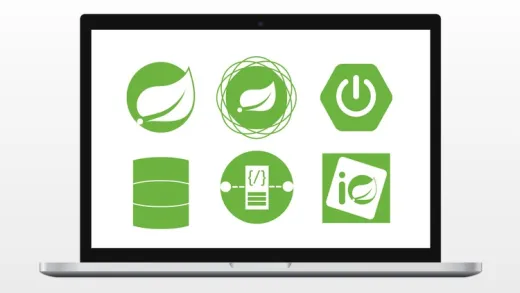
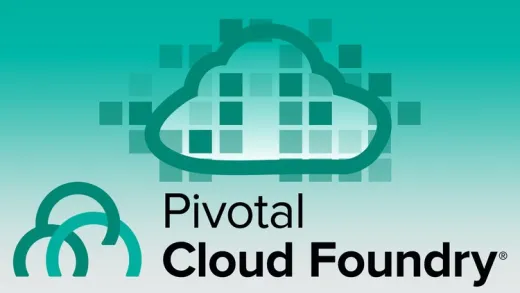
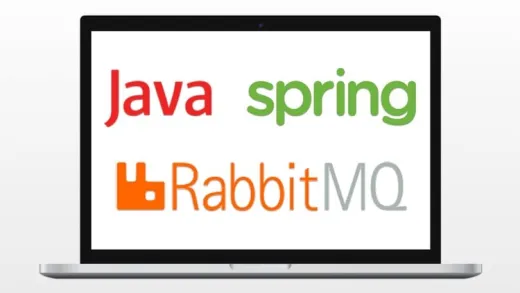
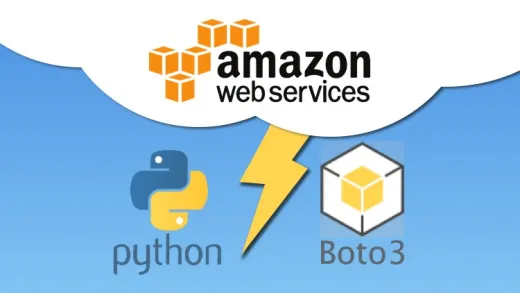
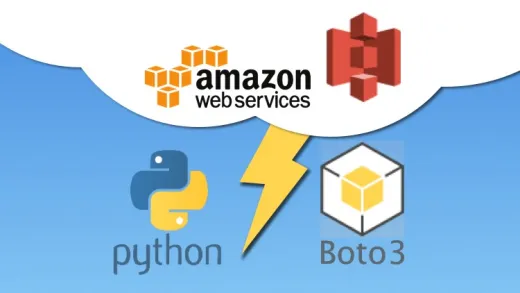
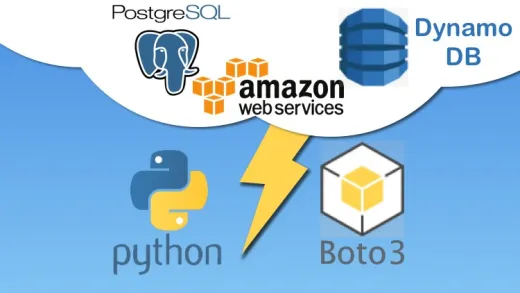

Prateek A.
I got one use case from my company based on python i'm a java developer I did'nt understand python before but after doing this amazing course I was perform well in my use case which is based on dynamodb with python. Love this course and gain in-depth knowledge of how to work with aws dynamodb, local and python. using Boto3 library.